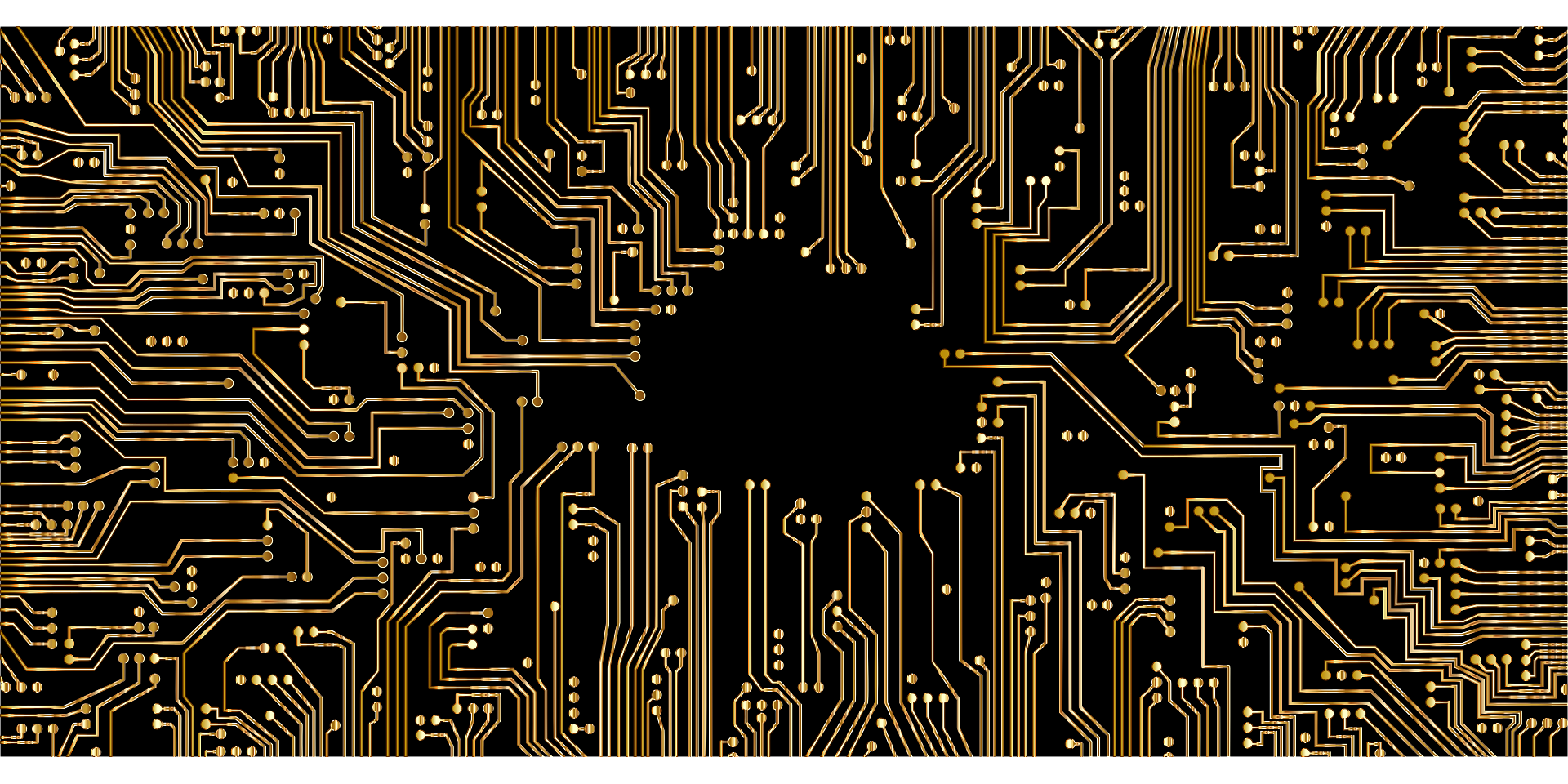CAN (Controller Area Network) is a widely used serial bus protocol that was first introduced in 1983 by Intel and Philips Semiconductors for use in automotive systems. However, it has since become popular in various other industries such as industrial automation, medical devices, and even aerospace. CAN is designed to be a high-integrity network that allows multiple nodes (such as microcontrollers or sensors) to communicate with each other over a shared bus.
CAN was specifically designed for use in harsh environments where reliability and fault tolerance are crucial. It features a unique arbitration mechanism that ensures only one node can transmit data at a time, preventing collisions and allowing the network to maintain its integrity even when errors occur. CAN also provides features such as priority levels, error detection and correction, and robustness against electromagnetic interference (EMI).
However, with the increasing demand for faster communication rates in modern automotive and industrial applications, the original CAN protocol has become a bottleneck. This led to the development of CAN FD (CAN Flexible Data-Rate), which was introduced in 2012 as an extension of the original CAN standard.
CAN FD builds upon the foundation established by CAN while offering significant improvements. The most notable enhancement is the ability to transmit data at speeds up to 5 Mbps, a substantial increase over the original CAN protocol’s maximum speed of 1 Mbps. This increased bandwidth allows for more efficient communication and enables new applications that require higher-speed data transfer.
CAN FD is backward compatibile with existing CAN systems. This means that CAN FD devices can coexist with and communicate with traditional CAN nodes, making it easier to integrate into existing networks. Additionally, CAN FD retains the same level of reliability and fault tolerance as its predecessor, ensuring that critical information remains accurate and secure.
The relationship between CAN and CAN FD is one of extension rather than replacement. The two protocols are designed to work together seamlessly, with CAN FD being a natural progression from the original CAN standard. In modern automotive and industrial applications where high-speed communication rates are required, CAN FD provides the necessary performance boost while maintaining the reliability and integrity of traditional CAN.
CAN is a robust serial bus protocol designed for use in harsh environments, and CAN FD offers significant improvements over its predecessor, including higher-speed data transfer rates and backward compatibility with existing CAN systems. Together, these two protocols form a cohesive solution that meets the evolving needs of modern automotive and industrial applications.
